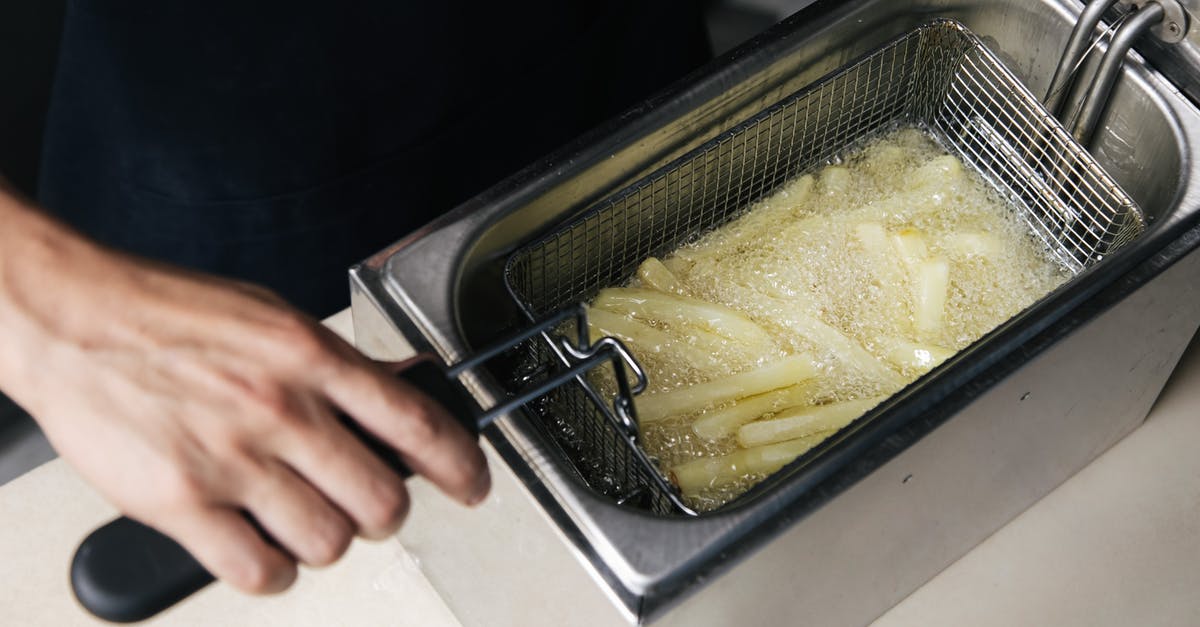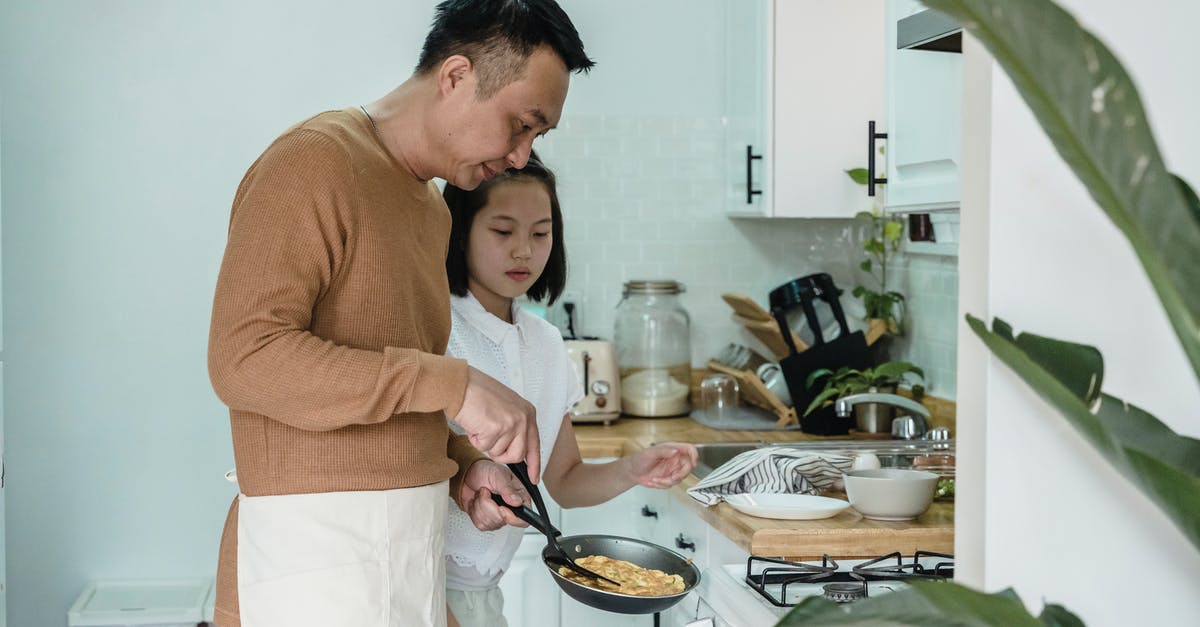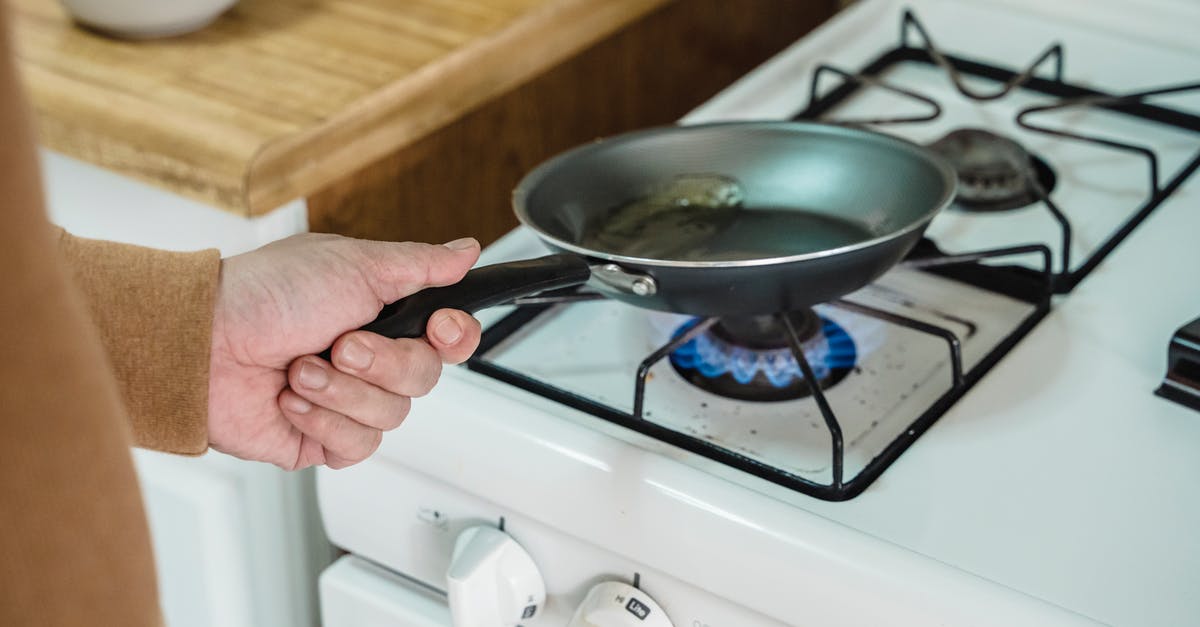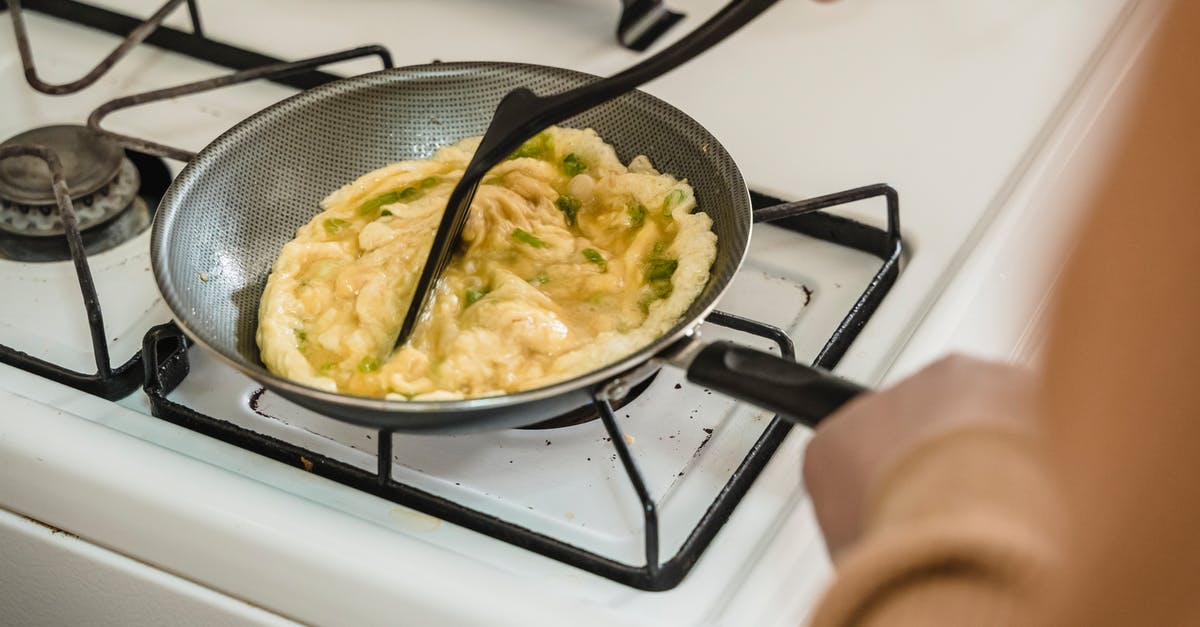What is the basic technique for cooking amaranth?

I wanted to cook some amaranth grains. The back of the package said to cook 1 part amaranth and 3 parts water until soft, then let them soak for another 30 minutes. I ended up with amaranth soup.
Let's say that I want a very basic preparation of amaranth. What is the correct way to cook it?
- what is a good ratio of amaranth to water?
- should I cook it with the lid on or without (don't laugh, I have found often enough that it affects both the water ratio and cooking time)?
- should I salt before or after cooking, and why?
- should I add fat before or after cooking, and why?
- is there a better way to recognize that it is done that "it is soft"?
- should I soak before cooking, after cooking, or not at all?
- is there something important about cooking amaranth I forgot to mention in the list?
I don't want a specific recipe, just a basic preparation which can be later extended to fit different recipes (savory or sweet). If you have specific recommendations for doing X, I'd love to hear why doing X is better than doing Y.
Best Answer
The basic cooking technique is the same for whole amaranth as for many other whole grains (e.g., barley) and grain-like seeds (e.g., quinoa): bring water to a boil, add the grain, simmer uncovered on low until the grain has reached the consistency you desire (that is the only true definition of "done" -- never be afraid to taste your food as you go!), then let cool. Even when packaging suggest soaking, I do not soak my grains and I have never had any problems. OF course, others will insist soaking is necessary. My advice, if you are concerned: try it both ways and see which you prefer.
For each part of whole amaranth, here is the proportion of water: -- porridge consistency, 3 parts water (some liquid will remain) -- soft texture but with distinct grains, 2 parts water -- firm texture (pilaf), 1 part water
If the water has nearly all cooked off but you want a softer texture, add extra water and keep cooking. If you are not sure what consistency you want, err on the firmer side, and taste as you go. Note that larger batches (say, over 1/2-kilo of grain) need less water than smaller batches, so plan accordingly.
Adding salt to the water at the start is optional but I encourage it. The point of adding it early is to incorporate the salt into the grains evenly. Under-salting will mute the flavors substantially. Adding salt at the last minute will provide a burst of salt on the tongue that is not always pleasant or desired, especially if you serve the grain with some other moderately salty food.
As for fat, I don't add any because I usually serve the amaranth with something that is already fatty (like an enriched sauce). If you want to add a fat, then I would do so before the water has completely cooked off to ensure the fat coats the grains more or less evenly.
Oh, and I love using an automatic rice-cooker for my grains, as it automatically turns off when the temperature of the food rises substantially above 100 C (meaning all the water has cooked off).
Pictures about "What is the basic technique for cooking amaranth?"



Quick Answer about "What is the basic technique for cooking amaranth?"
Add amaranth, reduce heat and simmer, cover until liquid is absorbed, which will be about 20 minutes. For cereal, simply bring 2 ½ cups water and ½ teaspoon salt to a boil in a medium pot. Add your amaranth, reduce heat and simmer, cover for 25 minutes. You can also cook your amaranth in a multi-cooker!How do you cook with amaranth?
Toast a tablespoon of amaranth seeds a time in a hot, dry skillet. Continually shake or stir until the seeds pop. Eat them as a snack or use them to top soups, salads, and vegetable dishes. We've also heard that popped amaranth can be used to bread tofu or meat but haven't given it a try yet.Does amaranth need to be soaked before cooking?
She recommends you soak the amaranth at least 8 hours (up to 24) to unlock the nutrients and to help it aid in digestion. I simply measured out the amaranth and stuck it in water the night before (I found a small pan with a tight fitting lid worked well to drain and rinse it the next morning.)How much water is needed for a cup of amaranth?
I use 3 cups water to one cup amaranth. Bring to a boil, lower heat to simmer, cover. Stir occasionally, scraping grain into center from pan sides.Is amaranth soft when cooked?
Amaranth must not be eaten raw. Cooked amaranth retains a bit of crunch but is soft on the inside. Cook the porridge with either milk (any, though I do not recommend coconut milk as it's very calorific) or water (or try a bit of both). Adjust the amount of liquid to get the consistency you want.How To Cook Amaranth
More answers regarding what is the basic technique for cooking amaranth?
Answer 2
Like quinoa and buckwheat, amaranth is a pseudocereal. (True cereals are grasses; amaranth isn't.) What I find helpful when cooking with amaranth is to think of it as quinoa or rice to speak.
- the good ratio of Amaranth to water is 1(amaranth)to 2(water).
- While cooking, do not cover until 90% of the water(stock) is absorbed, then cover with lid, and let it steam just like you cook rice. amaranth needs to steam on medium-low heat, after absorbing the water or it won't be fluffy.
- salt before the cooking because it has a very flat taste and we need to flavor it to its core right from beginning.
- pour oil before the cooking in the liquid to create a smooth texture.
- Also you know it is done when it is tripled in size
- you really don't need to soak it, but if you do, half and hour is good.
- Yes! A) Never put amaranth in a boiling water or broth. start cooking it in a lukewarm or room temperature liquids and let amaranth come to development along with the water.B)Rinse this grain real well before cooking C) Do not rush through its cooking time. it needs to cook on medium-heat and it will take 35 minutes combined even for one cup of Amaranth!!!(yup I know!) your alternative to Amaranth will be Quinoa which is way easier to handle and makes steady results every time.
Sources: Stack Exchange - This article follows the attribution requirements of Stack Exchange and is licensed under CC BY-SA 3.0.
Images: Ron Lach, Annushka Ahuja, Annushka Ahuja, Annushka Ahuja
